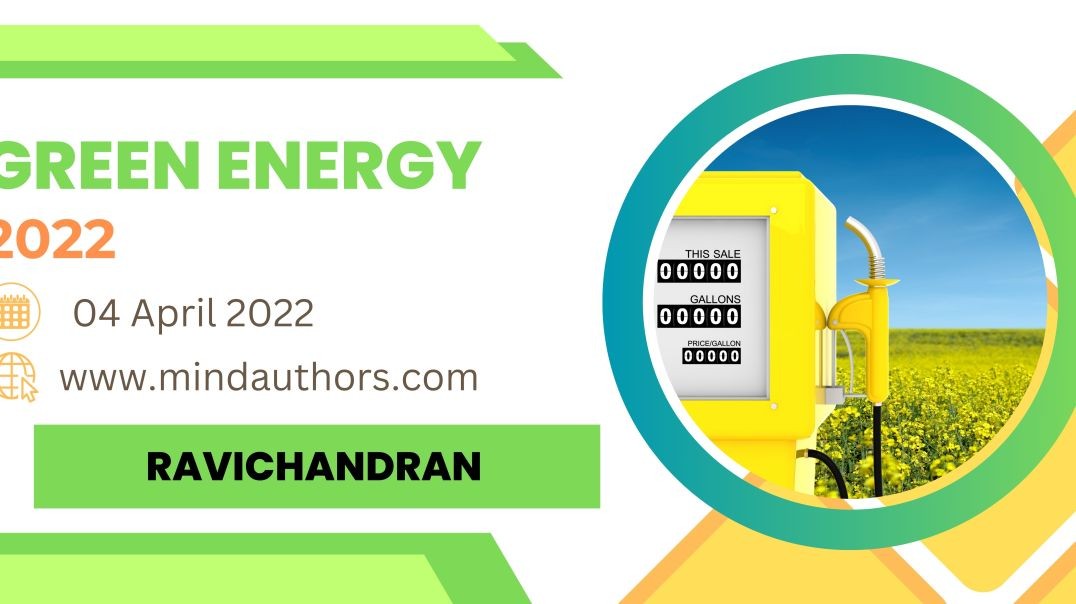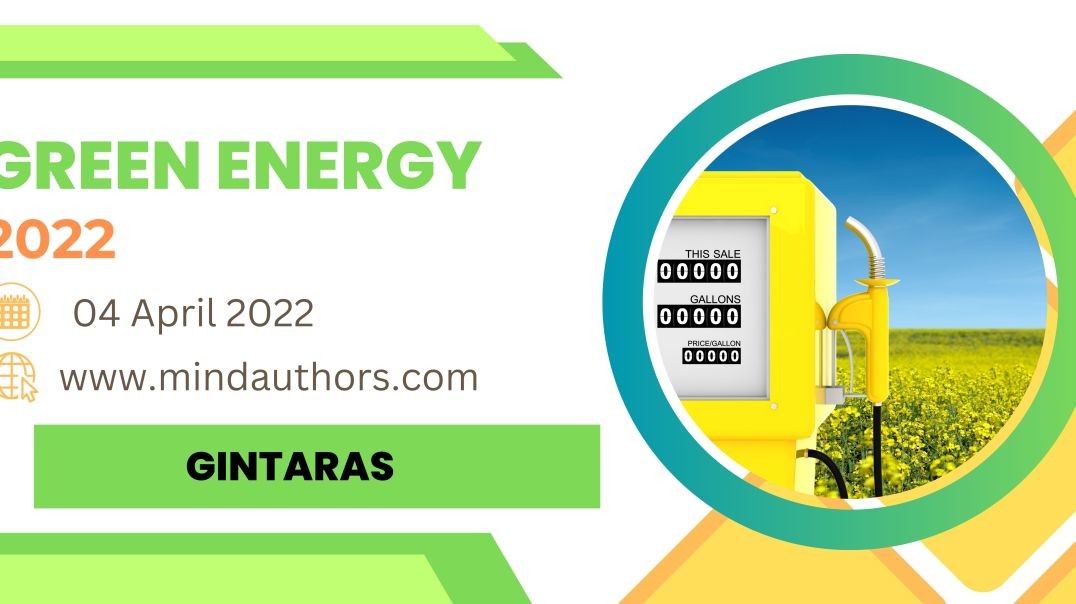Renewable Energy
Summary :
The decline of fossil fuels requires the expansion of renewable energy production. The use of wind and pv energy is associated with strong fluctuations that are insufficiently adapted to the demand. The use of storage systems can help to reduce the mismatch. While short-term storage systems such as batteries rely on charging and discharging cycles, long-term storage systems such as methanol storage can be charged and discharged over any time range. Current studies show a wide variety of possible applications for long-term storage systems based on methanol. Methanol can contribute to the decentralized supply of electricity, heat and fuel as well as to grid stabilization. In an emergency case, it can even supply entire consumer clusters autonomously for several days.
About Author :
Edgar Harzfeld, Professor at Stralsund University. Studies and research in Leipzig and Zurich. Since 1996 at the Faculty of Electrical Engineering and Computer Science of Stralsund University responsible for electrical power supply and renewable energy systems. Since 2004 - 2022 numerous research projects on the subject of electrical energy storage technologies.
Summary :
Accumulation of plastic products in the Environment that adversely affects wildlife, habitat of humans is a major concern for the government at present. As plastic is non-biodegradable in nature, it remain in environment for several years. As a result it is responsible for causing land, air and water pollution. Plastic pollution has been constantly damaging our sustainable environment. The production of plastic is increasing since 1950, 8.3 billion tones of plastic has been produced, which is likely to be double by 2050. The burning of plastic waste increase the risk of heart disease, damages the nervous system, respiratory ailments such as asthma and cause nausea or headaches. Hence, a sustainable step towards tomorrow’s greener and healthier environment needs immediate attention of the environmental scientists. Most of the environmental tools of plastics like cell phones, computers, helmets and hospital bags have molded society in many ways that make life both easier and safer. Plastic produced every year is used to make for single use, disposable packaging items or products when they are thrown out which damage the green environment. It is due to lack of self discipline and not worrying about future generations, selfish attitude and consumerist human has damaged the environment. It is the responsibility of educational institutions to sensitize and create public awareness. In addition to creating public awareness on the importance of a clean and healthy environment, plastic recycling facilities must be recommended. This invited talk will help the society to reduce their exposures to plastics and ensure the increase of healthy society with clean environment for the next future generations.
About Author :
Dr. S. Ravichandran is currently working as an Associate Professor in Department of Chemistry at Lovely Professional University, Jalandhar, Punjab(INDIA). He completed his Ph.D. in 2006 from Madurai Kamaraj University, Madurai (Tamilnadu) and M.Sc. from Pondicherry University, Pondicherry. He has qualified in GATE with a score of 95 percentile conducted by Ministry of Human Research and Development in the year 1998. He has 17 years of Research experience and published 112 International papers. He has published 5 Textbooks and received Bharat Shiksha and Life Time Education Excellence National awards from Global society in New Delhi. His area of research work are: Synthesis of Mannich and Schiff bases with metal ions like Cu(II), Co(II), Ni(II) and Zn (II). Structural characterization using spectroscopic techniques like UV-Vis., IR, 1H NMR, CV, Chromatography and EPR. His current interest is to focus on the development of novel greener methodology for a Sustainable Development.
Summary : With the growing demand for alternative energy (especially plant biomass) and to avoid competition with traditional food crops, part of the less-favored areas may be used for energy crops. LAMMC Vėžaičiai branch (Lithuania) has been conducting research on 2 perennial fast-growing plant species (herbaceous and woody) in the acidic whitish soils (pH 4.2-4.4) of Western Lithuania since 2009 and 2014. The effect of liming (to adjust the optimal soil pH level) and nitrogen fertilizers on biomass growth was investigated. The increase in dry weight of cocksfoot (Dactylis glomerata L.), reed canary grass (Phalaris arundinacea L.) and common osier (Salix viminalis L.) was directly related to nitrogen fertilization alone. Liming and fertilization with nitrogen fertilizers and their interaction had a positive effect on the productivity of the following plants: black poplars (Populus nigra L.), cup plact (Silphium perfoliatum L.), virginia mallow (Sida hermaphrodita Rusby). Except for virginia mallow, the effect of liming on other plants is more pronounced only in the first few years of plant growth. However, primary soil liming had a positive effect on soil chemical parameters (especially humus growth) and microbiological activity.
About Author :
Dr. Gintaras Šiaudinis is a scientific worker since 2007. The main interest of research: energy crops; their adaptivity under local soil and climatic conditions; plant biomass conversion to biofuels. The author has publisher 19 scientific publications in magazines indexed in Clarivate Analytics Web of Science database.



